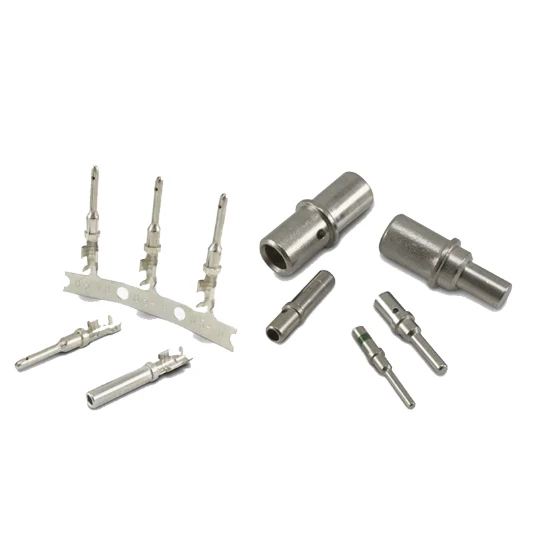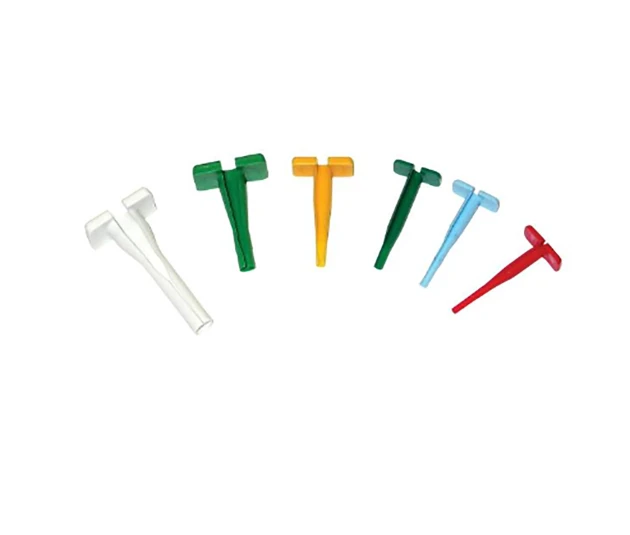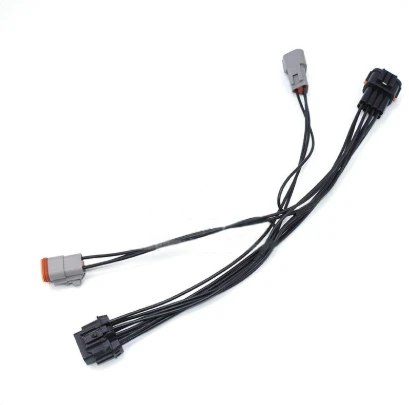Automotive Electrical Connectors vs. Wire Connectors: A Quick Guide for Repair & Modification
In vehicle electrical systems, knowing the difference between these two is crucial for correct repairs and modifications.
The Core Difference Explained in One Minute
Wire Connectors: The “Stitches” of a Circuit
Purpose: To join two or more wires together permanently or semi-permanently, inside a wiring harness.
Example in a Car: Used for splicing wires, repairing breaks, or extending wires when adding new equipment.
Common Types: Crimp Terminals (most reliable), Heat Shrink Tubing (for sealing), Lever Connectors (quick and convenient).
Electrical Connectors: The “Plug-in Interfaces” for Devices
Purpose: To act as a separable interface between a device and the wiring harness, allowing for easy replacement and service.
Example in a Car: Sensor plugs, ECU interfaces, headlight assembly connectors, fuse box sockets.
Common Types: OEM Plugs (e.g., Deutsch, TE Connectivity), Waterproof Connectors, Fuse Taps.
Simple Analogy:
A Wire Connector is like tying or braiding two ropes together.
An Electrical Connector is like a hook or clasp on the end of a rope, allowing you to quickly attach or detach a device.

How to Choose the Right One for Your Job
Follow this simple decision flow to never make a mistake:
Step 1: Ask Yourself – “What am I connecting?”
Connecting a Wire to a Wire?
Answer: Use a Wire Connector.
Then, choose based on location:
Engine Bay, Chassis (Hot, Vibrates, Potential Water):
Top Choice: Crimp Terminals with Heat Shrink Tubing. This is the most professional and reliable method, providing a sealed, corrosion-proof connection.
Passenger Cabin Interior (Dry, Stable Temperature):
For Reliability: Use Crimp Terminals.
For Convenience: Use Automotive-grade Lever Connectors.
Connecting a Wire to a Device or Tapping into the Vehicle Harness?
Answer: Use an Electrical Connector (Plug/Interface).
Then, choose based on your goal:
Repairing or Replacing an OEM Part: → Use an OEM-style Plug for a direct fit.
Getting Power from the Fuse Box (e.g., for a Dash Cam): → Use a Fuse Tap. This is a non-destructive installation.
Adding an External Device (e.g., Off-road Lights): → Use Waterproof Connectors to ensure the connection is sealed against the elements.
Golden Rules for the Automotive Industry
Never Use Household “Wire Nuts”: Constant vehicle vibration can easily loosen them, causing open circuits or short circuits—a serious safety hazard.
Prioritize “Non-Destructive Tapping”: Whenever possible, use adapter harnesses or fuse taps to interface with the vehicle’s wiring. Avoid cutting original wires to preserve vehicle safety and value.
Environment is Everything: For work in the engine bay or under the vehicle, waterproof and high-temperature resistance are the primary criteria for selecting a connector.
The Right Tool is Key: A good crimping tool is essential for creating professional-grade crimps. It is a necessary investment.
In summary:
In the automotive world, use Wire Connectors to build and repair circuits, and use Electrical Connectors to connect and install devices. Keep this core difference in mind and always select products with the appropriate protection rating for the connection’s environment. This ensures you perform safe, professional, and reliable automotive electrical work.





